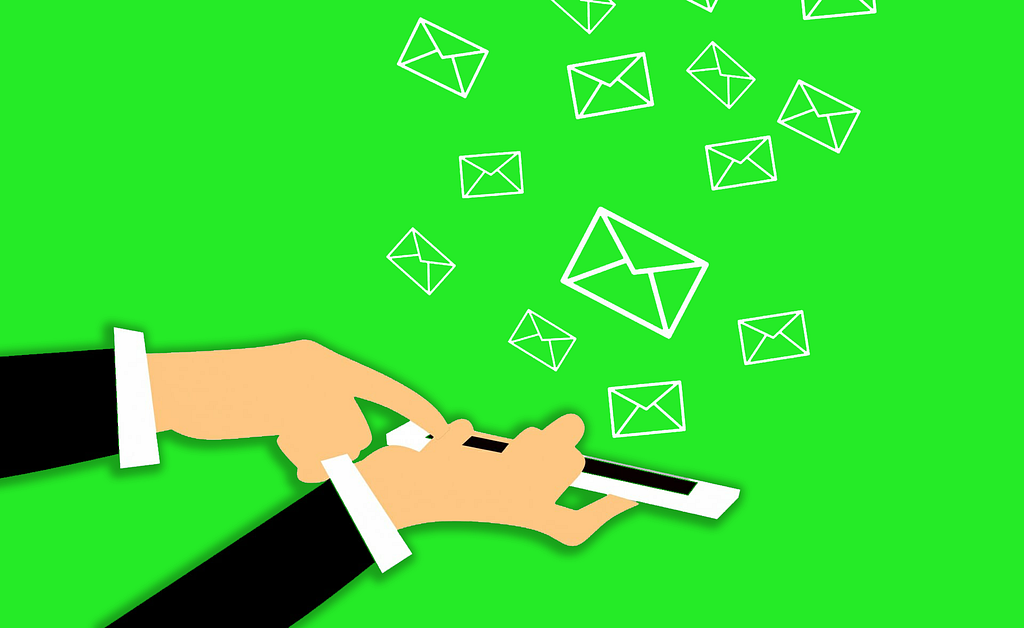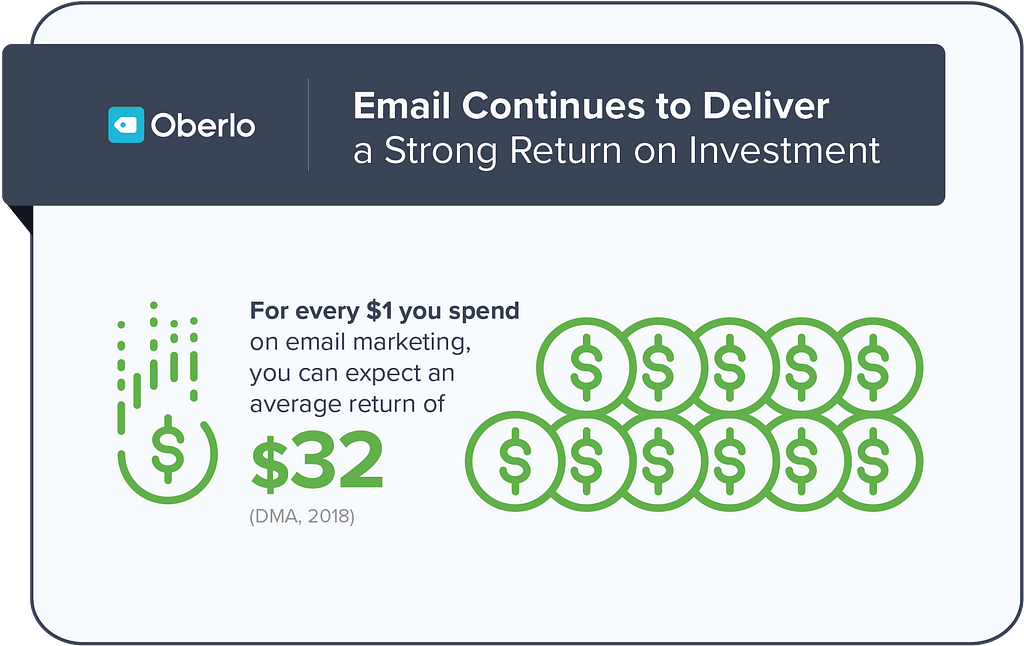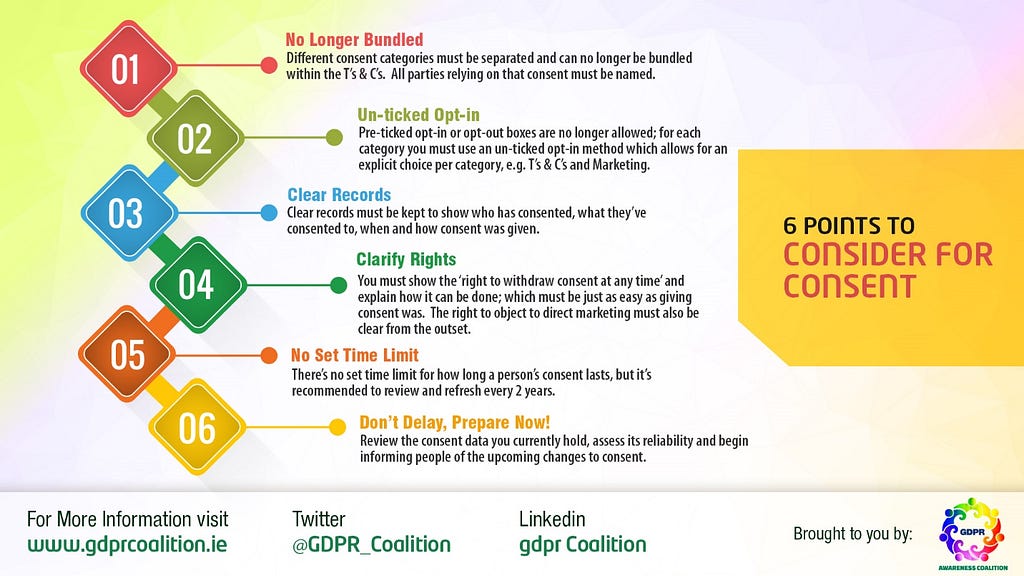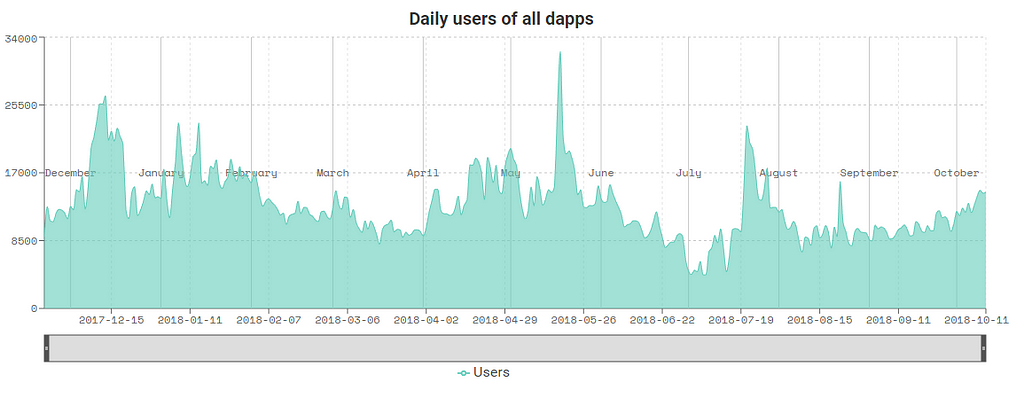Latest news about Bitcoin and all cryptocurrencies. Your daily crypto news habit.

The recent rollout of data protection regulations should be a welcome development for most end users. Unfortunately for those of us who are in the business of reaching as many relevant people as possible with our messages, marketers seem to be the ones shouldering the brunt of the burden. These new laws have definitely changed the landscape for business and data.
In 2018, even growth hackers with no qualms about scraping and spamming have no choice but to work towards compliance. The threat of litigation and brand reputation damage is too much to ignore.
Perhaps the most impactful law in this space — the European Union (EU) General Data Protection Regulation (GDPR) — has restricted the manner in which companies can gather and use the personal details of their marketing audiences.
Since digital marketing is a data-driven effort, these restrictions are changing the way many marketing activities are done. Marketers might even have to be concerned about whether or not their current channels, including email marketing, will still be effective moving forward.
Email marketing advocates, however, can rest a bit easier, since email is still a necessity these days. Aside from its use for communication, email accounts are required to access most apps and services.
There were already 3.7 billion email users around the world in 2017, and this number is still growing. By 2020, it’s projected that there will be 4.3 billion email users globally, sending and receiving 333 billion emails daily.
With basically half of the global population using email, marketers would be negligent to disregard email as a channel.
Along came the GDPR
Data protection and privacy laws have arguably been long overdue. Some companies were quite aggressive in collecting customer data but were lax in securing the information. The massive Equifax data breach showed how much users can be at risk of potential fraud by having their personal and financial data stolen through a third party.
The GDPR, which aims to protect EU residents from such risks, took effect last May much to the worry of marketers. Certain methods, such as tracking user engagement with various assets without consent, aren’t permitted. Companies must now explicitly secure permission to gather customer information and make sure the data remains secure.
What probably the scares businesses most, though, are the GDPR fines. Depending on the scale of infringements, companies could be forced to shell out up to four percent of their annual revenue.
As for email marketing, marketers should be able to continue using it as a critical channel for customer engagement despite these emerging challenges. Here are three reasons why email marketing will continue to thrive despite these data privacy restraints.
1. Email marketing works too well to be dropped
Email marketing has been a crucial instrument in the digital marketer’s toolkit. E-commerce platform Oberlo recently shared several key email marketing statistics that affirm this. Companies, especially small to medium-sized businesses (SMBs), primarily rely on it for their engagement activities.
An Emarsys study found that around 80 percent of SMBs use email to drive customer acquisition and retention efforts.
It’s relatively affordable and easy to implement, thanks to the availability of tools such as MailChimp and GetResponse that lower the technical barriers. Email marketing also promises favorable returns. Every dollar spent on email marketing promises an average return of $32.
 Source: Oberlo
Source: Oberlo
Marketers must keep in mind that the GDPR doesn’t necessarily diminish the potential of email marketing. People are not likely to stop using email all of a sudden. Companies just have to put in the additional work to ensure compliance in order to continue benefiting from email marketing.
2. GDPR compliance isn’t as hard as you think
Fortunately for marketers, it’s possible to make their email marketing efforts GDPR compliant. It might take some elbow grease but it isn’t as hard as some project it to be. Much of it revolves around securing and proving consent.
To start, companies can check their existing mailing lists and check if they have consent from each of their subscribers. To prove consent, companies must be able to show the date and time users opted in and the channel they used, such as a signup form, landing page, or modal box. It also helps to keep a screenshot of the channel to prove that the wording and design are clear and aligned with the regulations’ provisions.
Once an audit is performed, it might also be necessary to seek consent again from those that haven’t given theirs explicitly. Users must also be given a choice to unsubscribe instantly.
New subscribers or additions to mailing lists must now also have a clear record of consent. Companies can’t be sneaky with getting people to sign up. Using pre-ticked checkboxes set to agree to the terms are considered non-compliant with the GDPR. Consent clauses also can’t be buried in the fine print of terms and conditions. Tweaks to the user interface should be able to address these concerns.
 Source: GDPR Coalition
Source: GDPR Coalition
Compliance may be a tough test but once companies put mechanisms in place to ensure that the regulations are followed, it will eventually be business as usual for them.
3. Newer alternatives are unproven at best
These concerns about the GDPR’s impact on digital marketing have fueled several enterprising projects to promote themselves as the new ways of doing things.
For example, part of the draw of blockchain-based marketing tools and ad networks is that their mechanics have consent and compliance readily built-in. In order to participate, users must willingly provide consent for these platforms to access their personal information, which is stored and secured using blockchain. The information can be used to fuel targeted and personalized messaging campaigns. In exchange for sharing their data, users are rewarded with cryptocurrencies.
However, while these platforms do look enticing and promising, they have yet to show concrete proof of success. Blockchain-based services and decentralized applications (dapps) have yet to gain critical mass. According to DappRadar, daily users across all Ethereum-based dapps even struggle to exceed 15,000 in total.
 Source: DappRadar
Source: DappRadar
Unlike more conventional digital channels such as email marketing and affiliate and cost-per-click advertising, there is still little data that prove the effectiveness of these blockchain-based methods and tools. Email marketing has statistics to prove its effectiveness. Emails has an average of 21 percent open rate and 49 percent of US consumers say they love to hear from their preferred brands.
Other digital marketing channels such as chatbots and onsite “conversational commerce” messaging are also emerging. Using artificial intelligence (AI), businesses can integrate chatbots into messaging apps in order to facilitate inquiries and even ordering. Early adopters report impressive returns — as much as 400 to 500 percent. However, the surge of interest could backfire. As platforms like Facebook Messenger get monetized and mature, performance opportunities are likely to dwindle.
Falling in love with shiny new objects is risky. Businesses with limited budgets would do well investing in making their existing efforts compliant rather than gamble on unproven methods.
The takeaway
To be fair, keeping customers’ information secure should be a paramount concern for all businesses. Regulations like the GDPR exist to keep organizations in check. As for marketers, they should remain positive and consider these as new opportunities rather than obstacles. Besides, given the importance of issues surrounding brand trust, it’s about time that we join in helping protect consumers’ data.
Compliance is achievable. If marketers already use third-party services, then chances are they may even have an easier time achieving full compliance. Marketing tools and service providers have already made strides to update their platforms to follow GDPR provisions.
Surely, there will be an adjustment period for everyone, but email’s wide reach should help email marketing keep its standing as a reliable tool for marketers. If a business truly provides a valuable product or service, customers would only be more than willing to opt-in to its engagement campaigns anyway.
3 Reasons Why Email Marketing Is Thriving Despite the GDPR was originally published in Hacker Noon on Medium, where people are continuing the conversation by highlighting and responding to this story.
Disclaimer
The views and opinions expressed in this article are solely those of the authors and do not reflect the views of Bitcoin Insider. Every investment and trading move involves risk - this is especially true for cryptocurrencies given their volatility. We strongly advise our readers to conduct their own research when making a decision.
